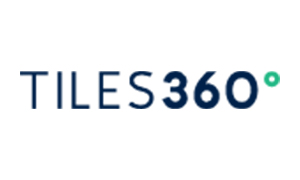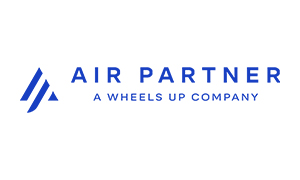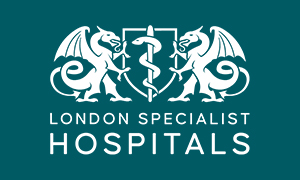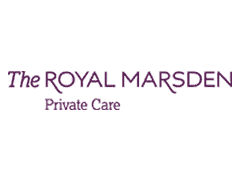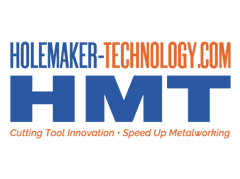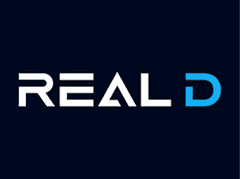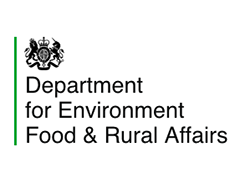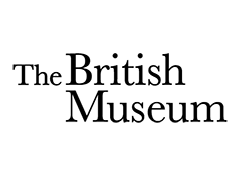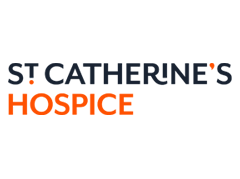In a previous blog, we spoke about technical SEO audit fundamentals. Today, we will be looking at the technical SEO checklist we go through at least once a quarter for our SEO clients.
The checklist includes 5 vital steps:
These steps are here to help you ensure that you have ticked off all the required actions towards optimising your website through technical SEO.
Crawling
Crawlability is an important element of your SEO strategy. Search bots scour the internet, including your pages, its content, and code to gather information. If they are unable to do so, they cannot index or rank your pages. Therefore, you need to ensure that all your pages are accessible and easy to navigate for both bots and users.
Here, we have made a simple crawlability checklist:
- XML sitemap: A good XML sitemap helps search bots understand and crawl your pages. As you add and remove pages on your website, you must keep the sitemap updated.
- Maximising crawl budget: Crawl budgets are limited, (only a certain number of pages are crawled at a time), therefore remember to identify the important pages.
- Organising your site’s architecture: Keep your web pages organised so that crawlers can find them easily, which also helps bots recognise the link between your pages. This can include internal linking and navigation around your site, including the intended conversion path.
- URL structure: This goes hand and hand with site architecture. How you structure your URLs should create a roadmap of your site.
- Using robots.txt: A few bots intend to scrape and steal your content and publish it elsewhere, this can harm your rankings. A robots.txt can be applied to prevent the bad bots from crawling your pages.
- Utilising breadcrumb menus: Breadcrumbs are a trail that guides your users and search bots through the pages you visit from the beginning to the recent. They should be visible and easy to navigate without the back button and have a good mark-up language.
- Using pagination: Pagination is when codes are used to inform search engines that two distinct URLs are related. This makes it easier for the bots to recognise them as a different page and crawl them accurately.
- Use SEO log files: When bots visit and crawl your site, they leave a trail in the log file. This information can be very helpful to identify how your crawl budget is being spent and help you recognise any issues with bot access.
Now that we have the right bots entering the right pages on your website, the next step is to make sure that all your pages are being indexed.
Indexing
When bots crawl your website, they will index pages and rank them accordingly. Here is a small checklist that ensures that your pages are being indexed appropriately.
- Identify and remove duplicated content, as duplicate content can harm your rankings.
- Set up your redirects correctly and audit any loops and improper redirects.
- Make sure your site is mobile friendly. This also maximises the usability of your site and increases the likelihood of converting more users.
- Fix any HTTP errors quickly and thoroughly as these errors can block search bots from accessing relevant content.
Rendering
This means that your site should be accessible, and anyone knows that having an accessible website is of utmost importance.
- Firstly, if your server has any issues, this must be fixed quickly. Failing to do so could result in a webpage being removed from the search engine’s index.
- A long and delayed page load time will not only mean a high bounce rate, but it will also block bots from crawling important content. So, you must reduce your page load time.
- Try to avoid orphan pages; this is when your page does not have any internal links.
- A redirect chain can negatively affect crawling - try to keep redirects to a minimum.
Ranking
Getting your pages to rank will involve on- and off-page elements but from a technical standpoint.
- Improve your Internal and External Links: A carefully applied link can enhance your crawlability, indexability, and rankability.
- Backlinks: Backlinks are links from other sites that lead to your website. This tells the bots that other websites see your pages as high-quality; HubSpot calls this the ‘vote of confidence’. Backlinks give your pages, and their content more credibility, however, be sure to eliminate any low-quality backlinks that may negatively impact your site’s rankability.
- Content Clusters will link all the related content with each other so that the search bots can find, crawl, and index your pages on a specific topic. The bots will assess how much you know about the topic and rank your sites while boosting your organic growth.
So, now we are aware of how we can improve the Rankability of our sites and pages. Next, we will explore how we can get those clicks.
Clicking
Improving your clickability requires good meta descriptions and titles with accurate keywords. However, there are some technical elements you can focus on.
- Using structured data helps you organise your content, in such a way that the search bots can understand, index, and rank pages. They apply a schema, which is a specific vocabulary to label and categorise different elements of your webpages, making it easier for the search bots.
- SERP features, also known as rich results, do not follow the usual page title, URL, and meta description format. They can appear in different formats such as image packs, knowledge cards, new boxes, and shopping results. You can win them by writing useful content and having structured data.
- Featured Snippets were designed for the searchers to get a quick answer. To get featured in a snippet, you will need to provide the best answers to any queries.
We understand that the checklist above is quite long and can be overwhelming for those who are just starting with SEO. However, contact our team if you would like to learn more about Technical SEO or want to find out more about how you can use the checklists above to succeed with your SEO goals.
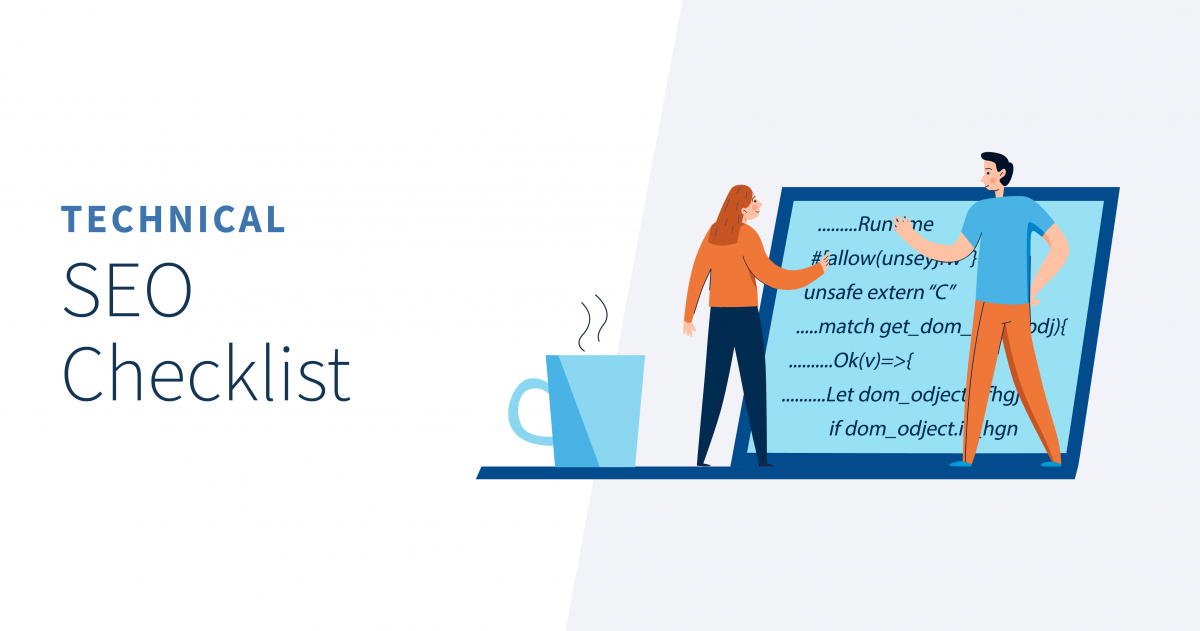

 Grow with SEO
Grow with SEO
